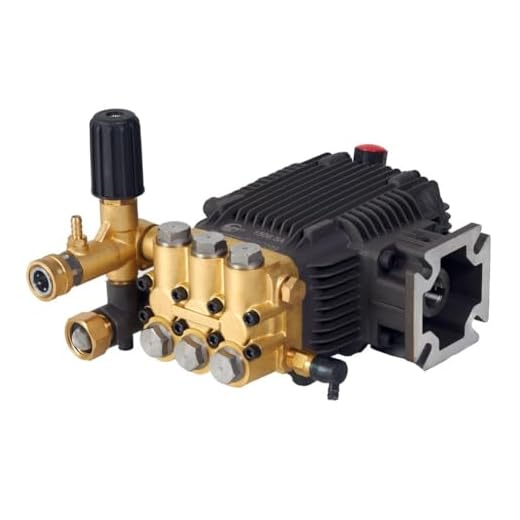



For optimal performance with a high-pressure cleaning device, I recommend focusing on the intricacies of its internal components, particularly the three-plunger mechanism. This design enhances water delivery efficiency and ensures a consistent spray pattern, crucial for effective cleaning tasks.
The heart of this system lies in its three pistons, which operate in a staggered manner. Each piston draws in water as the previous one discharges, maintaining a steady flow and preventing pulsation. This not only increases longevity but also enhances the cleaning power, enabling better removal of stubborn dirt and grime.
Pay attention to the materials used in construction. Quality components, such as ceramic plungers and brass heads, provide durability and withstand intense pressures. Regular maintenance, including seasonal checks and replacing wear parts, will further extend the life of the cleaning apparatus and sustain its optimal operation.
Lastly, familiarising yourself with the pressure settings and operational limits of your device will prevent potential damage. Adhering to manufacturer specifications ensures safe and effective use, allowing you to achieve impressive results every time.
Understanding the Mechanism of a Triplex Pump
For optimal performance in high-pressure cleaning tasks, consider the unique design of the triplex pump. This type utilises three pistons to ensure consistent water delivery and enhanced pressure generation.
Key Components
- Pistons: Each piston operates in a synchronized manner, offering a smooth flow of water. This design reduces the pulsation effect common in other configurations.
- Crankshaft: The crankshaft converts rotary motion into linear motion, driving the pistons efficiently and contributing to high pressure generation.
- Valves: Inlet and outlet valves ensure proper water flow direction. The materials and craftsmanship of these valves affect durability and functionality.
Operation Process
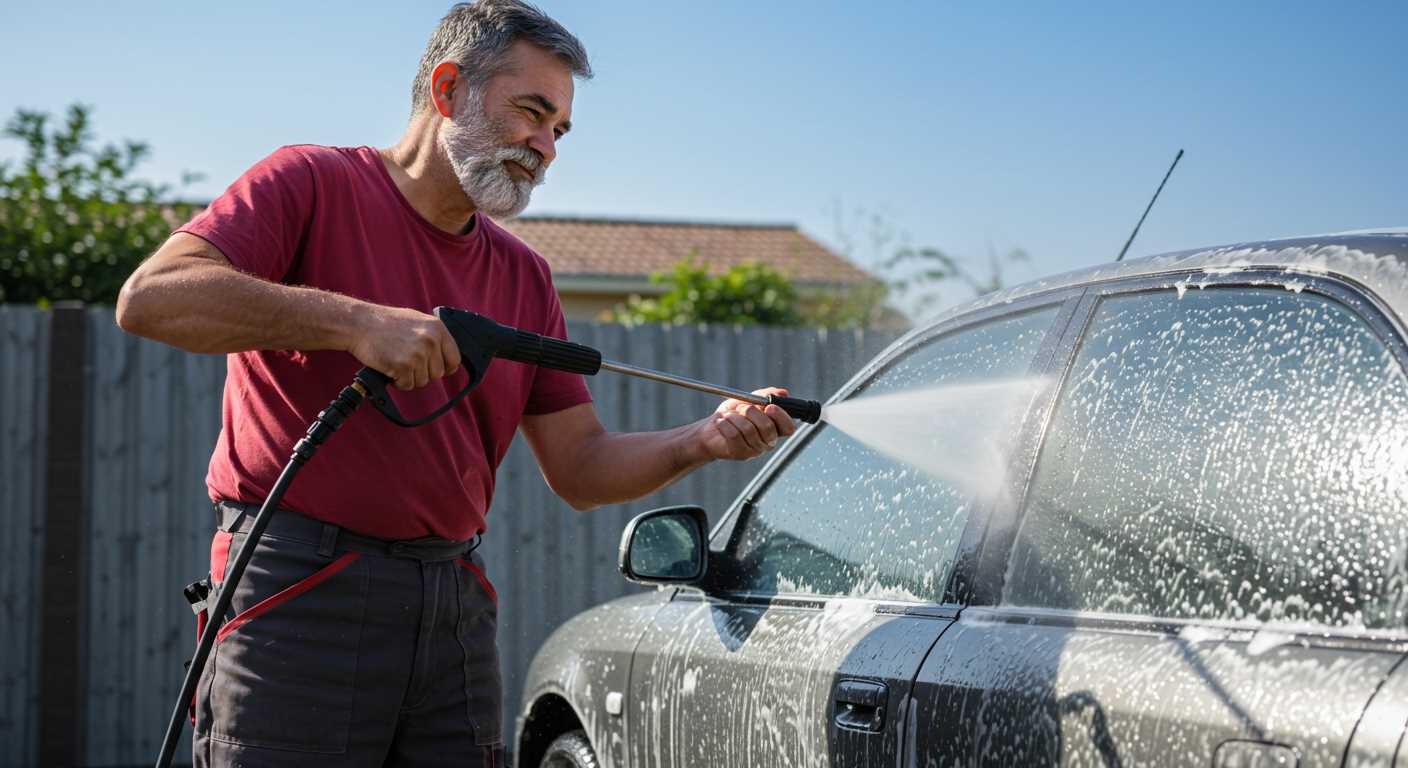
- Water Inlet: Clean water enters the pump chamber through the inlet valve.
- Piston Stroke: As the crankshaft rotates, the pistons are driven forward and backward, creating suction that pulls in more water and expels it at high pressure.
- Pressure Build-up: Water trapped in the pump chamber is compressed, and when the outlet valve opens, it flows out at the specified pressure.
Regular maintenance, including checking seals and valve condition, prolongs the life of the pump and maintains optimal performance. Replace any worn components promptly to prevent operational issues and ensure your cleaning tasks are effective.
Understanding the Basic Components of a Triplex Pump
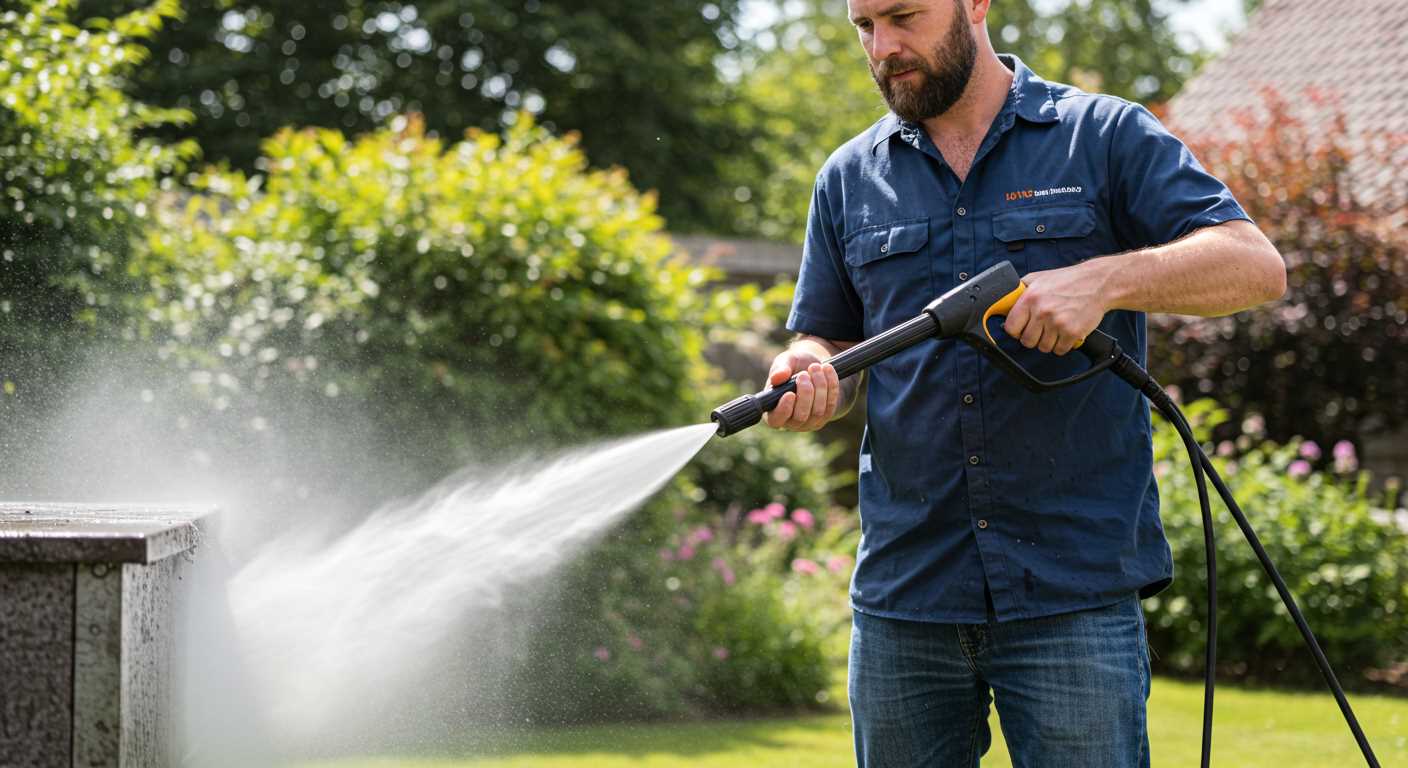
The core elements of a triplex unit include three primary components: the plungers, the crankshaft, and the valves. Each part plays a significant role in the efficient operation of this cleaning device.
Plungers
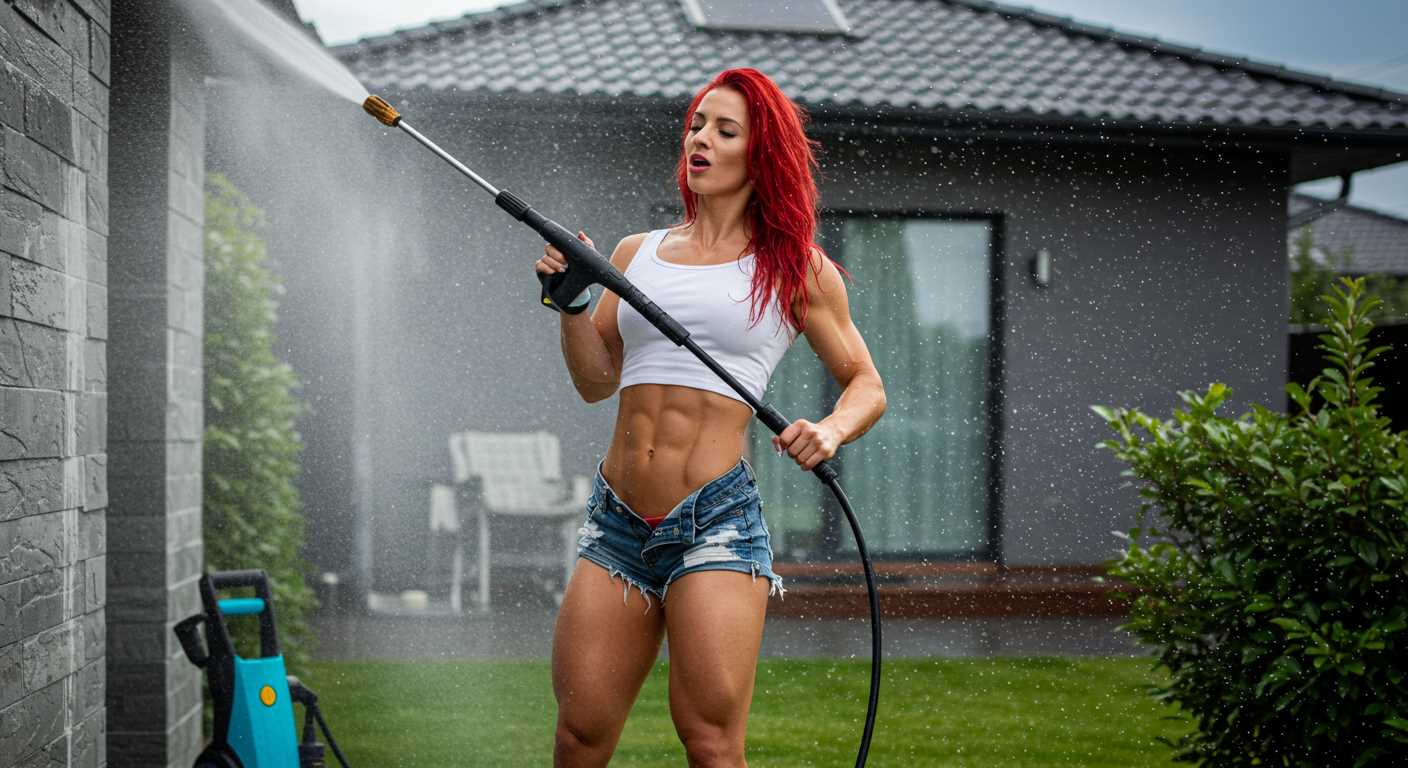
Plungers are responsible for creating pressure. Typically made from hardened ceramic or stainless steel, they ensure durability and resistance against wear. When the crankshaft spins, it drives the plungers back and forth within the cylinders, creating suction and then forcing the water through the nozzle.
Crankshaft
The crankshaft converts rotational motion into linear motion for the plungers. As the engine operates, the crankshaft’s movement is smooth and consistent, which is crucial for maintaining a steady water flow. Any irregularities in this motion can lead to fluctuations in pressure, affecting cleaning efficiency.
- Material: Typically forged steel for strength.
- Bearings: Smooth operation is enhanced through high-quality bearings that reduce friction.
Valves
Intake and discharge valves control the flow of water. They open and close in sync with the plungers’ movement, ensuring that water enters the cylinders and exits under pressure. Poorly functioning valves can lead to leaks or a drop in pressure.
- Type: These may be spring-loaded or non-return, depending on the design.
- Maintenance: Regular checks are essential to avoid performance issues.
Having a solid understanding of these components can aid in troubleshooting and maintenance, prolonging the lifespan of the cleaning equipment. Knowledge of the assembly also supports informed decisions when purchasing or upgrading cleaning machinery.
The Role of the Crankshaft in Pump Operation
The crankshaft serves as a pivotal component in the function of the cleaning device’s motor. Its primary responsibility is to convert rotational motion into linear motion, which activates the pistons. This transformation is crucial for generating the high pressure required for effective cleaning.
Mechanics of Motion
As the crankshaft rotates, it moves the connecting rods that are attached to the pistons. Each rotation pushes the pistons back and forth within their cylinders. This motion creates a cycle of suction and compression, drawing in cleaning fluid and expelling it under pressure. The engineering precision of the crankshaft ensures that this process is smooth and efficient, minimising any potential energy loss.
Material and Durability
In manufacturing, the crankshaft must be made from durable materials to withstand the stresses of operation. High-quality metal alloys are commonly used to enhance longevity and reduce wear. Regular maintenance can prolong the lifespan of the crankshaft, preventing breakdowns that could interrupt performance.
By carefully evaluating the role of the crankshaft, one can appreciate its contribution to the overall efficiency and reliability of the equipment. A well-designed crankshaft offers not only enhanced performance but also facilitates effective cleaning, making it indispensable in the realm of high-pressure cleaning solutions.
Plunger Mechanism and Water Pressure Generation
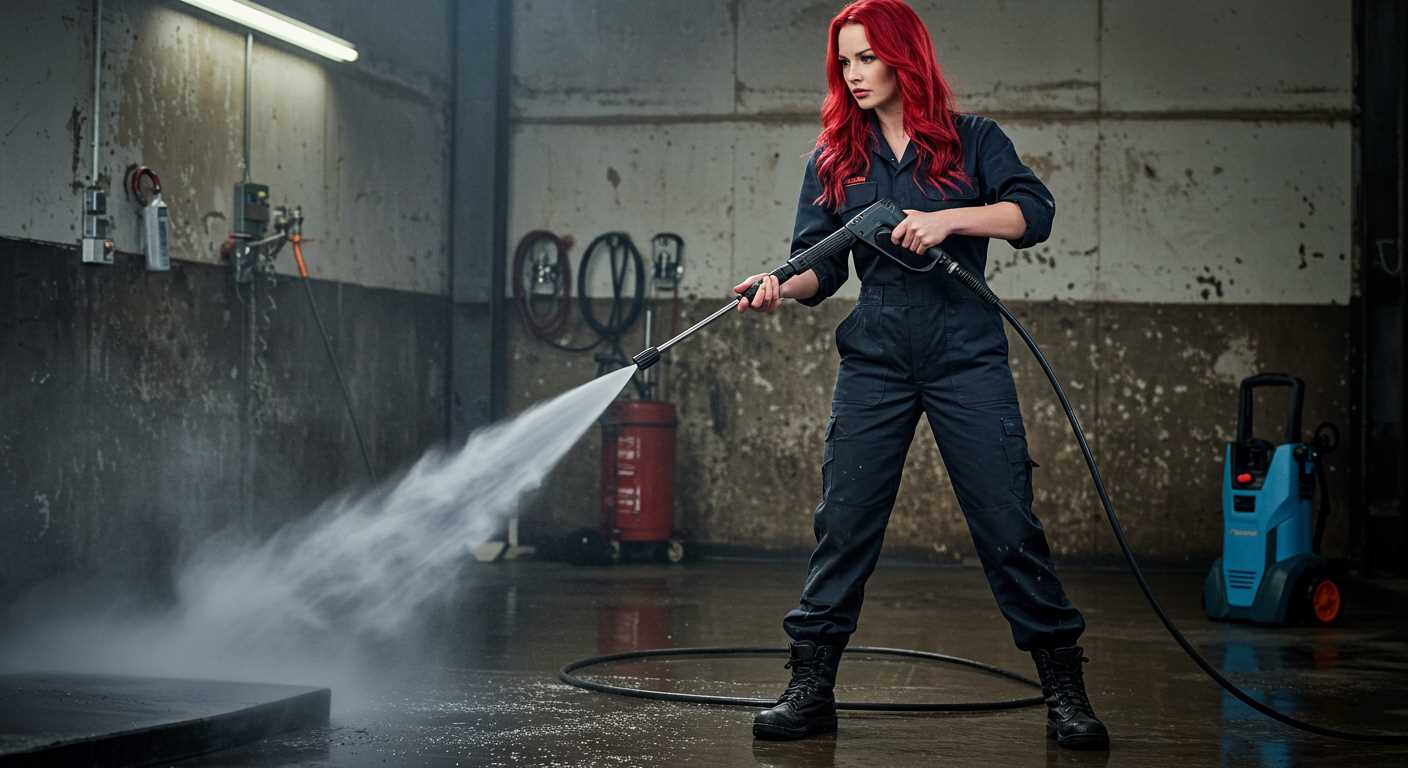
Plungers create high water pressure through a cyclical motion facilitated by the crankshaft. When the crankshaft rotates, it moves the plungers back and forth within their cylinders. As they retract, a vacuum forms, drawing water into the chamber through the inlet valve. Upon their forward stroke, the plungers compress the water, forcing it through the outlet valve. This mechanism is highly effective in increasing pressure significantly.
For optimal performance, ensure the plungers are made of durable materials, such as ceramic or stainless steel, which enhance longevity and resistance to wear. Regular maintenance, including inspecting seals and lubrication, is vital to prevent leaks and maintain pressure consistency. Any wear on the plungers can lead to decreased pressure output and inefficiencies during operation.
It’s crucial to operate the machine within its specified limits. Overloading beyond its designed capacity might cause the plungers to fail or the crankshaft to seize, leading to costly repairs. Understanding your model’s specifications can help achieve the best results while prolonging its lifespan.
Exploring the Function of the Unloader Valve
The unloader valve plays a pivotal role in maintaining the optimal operation of high-pressure machines. It serves as a regulator, managing the flow of water when the trigger is released. This prevents excessive pressure build-up and potential damage to internal components.
Operation Under Pressure
When the trigger is not engaged, the unloader valve redirects the flow of water back to the inlet side of the pump. This recycling mechanism ensures continuity in operation while avoiding the deadlock effect that can occur if water remains stagnant at high pressure. It allows the pump to stay primed and ready for the next use.
Adjustability and Maintenance
Many models feature a mechanism allowing users to adjust the pressure setting via the unloader valve. Regular checks and adjustments can prevent unwanted surges in pressure that may lead to wear or failure of other components. Ensuring this valve is functioning correctly is crucial in extending the lifespan of the entire system.
Debunking Myths About Pump Maintenance
A common misconception is that routine care involves only occasional oil changes. In reality, maintaining optimal performance requires regular checks on the seals and valves, ensuring no leaks or wear affect operation. Neglecting these aspects can lead to costly damages.
Clean Water is All You Need
Many believe that using clean water is sufficient for long-term utilisation. However, contaminants such as dirt and debris can accumulate, leading to premature wear on internal components. Installing a reliable filtration system protects the mechanism from harmful particles.
Only Professionals Should Handle Maintenance
While specialised knowledge is beneficial, many maintenance tasks are straightforward enough for anyone to manage. Regularly inspecting hoses for cracks and checking connections can be done by users themselves, fostering a better understanding of the equipment. Empowering yourself with knowledge of basic upkeep extends the lifespan of your unit significantly.
Identifying Common Issues in Triplex Pumps
Noise during operation often signals a problem. Unusual sounds could indicate worn bearings or insufficient lubrication, requiring immediate inspection. Regularly check oil levels to ensure smooth functioning.
Loss of pressure typically arises from seal degradation or damage to the valves. Frequent inspections of these components can prevent significant failures. Replacing seals and ensuring valve integrity will restore performance.
Overheating is a frequent concern. It can stem from running the unit without water or with an obstructed inlet. Ensure that the water supply is always adequate and clean, as this prevents excess wear and costly repairs.
Leakage can result from cracked fittings, hose issues, or failing seals. Regularly inspect hoses for wear and tear or any signs of damage. Tightening loose fittings can often resolve minor leaks, but persistent issues should prompt a complete component check.
Inconsistent water flow may indicate a clogged inlet or filter. It’s vital to keep these areas clean to maintain the necessary flow rates. Periodic cleaning routines can eliminate build-up that disrupts operation.
Vibration issues can arise from imbalance in component alignment. Regular checks of the crankshaft and associated parts can help identify misalignments before they lead to more severe complications.
Addressing these issues promptly extends the lifespan of your equipment and optimises performance. Regular maintenance and inspections can prevent many common problems, leading to greater reliability during use.
Tips for Maximising the Lifespan of Your Pressure Cleaning Equipment
Regular maintenance is the cornerstone of longevity. Always check the oil levels and replace it according to the manufacturer’s schedule. Clean the filters frequently to prevent debris from entering the system.
Water Quality Matters
Using clean, fresh water is non-negotiable. Contaminants can cause internal damage over time. Install a water filter if necessary to ensure that only clean water is used during operation.
Proper Storage
Store the unit in a dry and sheltered environment to avoid rust. When storing for extended periods, ensure that all water is drained from the system to prevent freezing or algae growth.
| Maintenance Task | Frequency |
|---|---|
| Change Oil | Every 50 hours or as specified |
| Inspect Filters | Every use |
| Check Hoses | Before each use |
| Clean Water Inlet | Weekly |
Lastly, avoid running the equipment without a nozzle attachment as this can lead to excessive pressure build-up and subsequent wear on internal components. Always follow the specific usage guidelines outlined by the manufacturer to ensure optimal performance and durability.







